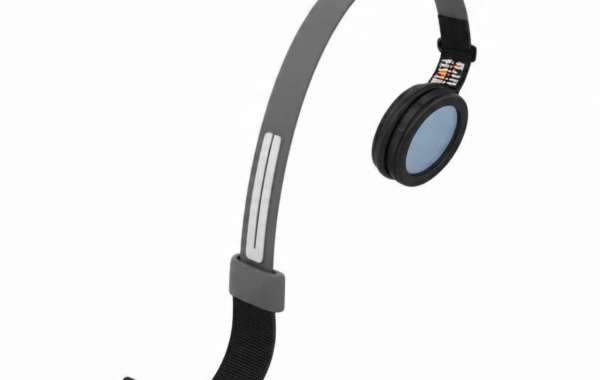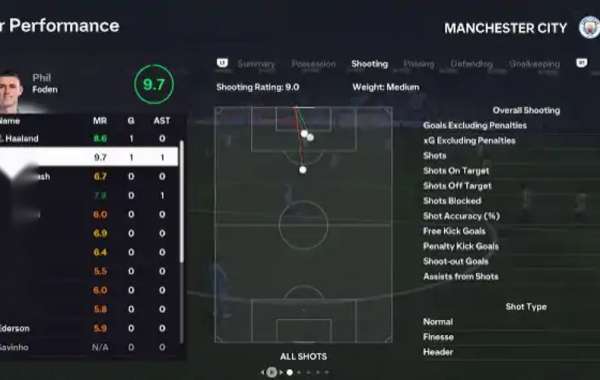Imagine a swimming session where you can glance at your goggle strap and know exactly how fast your heart is beating. No bulky watch. No stopping at the wall to check a monitor. That tiny strip of smooth silicone resting behind your head quietly gathers heart‑beat data, helping you swim smarter and safer. This simple but powerful idea is driving the buzz around the HR Sensing Goggle Strap. Athletes, coaches, and even casual lap swimmers are adopting it because it brings laboratory‑grade insight to an everyday pool lane. In this article, we break down what the strap is, how it works, and why it matters. Each section dives into plain, practical details, so you can decide if an HR Sensing Goggle Strap deserves a spot in your swim bag.
Why Swimmers Need HR Sensing Straps
Ask any seasoned coach what separates a strong workout from a wasted one and they will mention heart‑rate zones. Your heart rate tells the story of how hard your body is working. On land, runners glance at their wrist. Cyclists have bar‑mounted screens. In water, however, most of us fly blind. The HR Sensing Goggle Strap closes that gap.
When you swim without feedback, you often overshoot easy sets and under‑push hard sets. Over time, that guesswork leads to plateau, fatigue, or even injury. A strap that measures pulses at the temple or behind the ear gives live metrics without interrupting your stroke. You stay streamlined, yet informed.
It is also a safety ally. Open‑water events can push heart rate higher than you notice. A discreet vibrating alert on the strap can cue you to back off before dizziness strikes. For triathletes juggling three sports, carrying one lightweight strap that snaps onto favorite goggles simplifies gear lists. Finally, data syncs to familiar training apps, turning swims into colored zone charts similar to bike rides and runs. Reliable numbers replace gut feel, letting beginners improve steadily and elite racers dial in fractions of a second.
How The Strap Measures Heart Rate
At first glance the HR Sensing Goggle Strap looks like an ordinary replacement band. Hidden beneath the pliable outer layer sit miniature optical sensors— tiny LEDs that shine harmless light into the skin and tiny photodiodes that read the bounce‑back. Every microsecond, the system detects subtle color shifts caused by blood pulsing through vessels near the temple. This photoplethysmography (PPG) method is similar to smart‑watch technology but tuned for underwater light and movement.
One challenge of water is refraction. Designers solve it with angled lenses and adaptive algorithms that filter noise from bubbles or splashes. The module then sends cleaned data via low‑energy Bluetooth or ANT+ once you surface, or stores it locally if you swim phone‑free. A thin rechargeable cell slides neatly into the clasp; thirty minutes on a magnetic dock powers several long sessions.
Comfort matters, so engineers place the hard components off‑center, balancing weight so the strap never drifts over goggles or ears. Medical‑grade silicone keeps grip without pulling hair, and a soft over‑mold seals the electronics against chlorine and salt. Despite the tech inside, the unit bends like a normal band, so you still perform tight flip turns. In short, the HR Sensing Goggle Strap squeezes a lab sensor, battery, memory, and antenna into something slimmer than a pencil, proving that high‑tech can feel simple.
Choosing The Right Strap Material
Not all straps are created equal. You might see PVC, TPU, or plain silicone in stores, but only certain blends pair well with embedded electronics. When shopping for an HR Sensing Goggle Strap, prioritize flexible, skin‑friendly silicone rated above Shore A 40. This hardness ensures it stays stable at pool temps without becoming brittle in cold open water.
Check for hypoallergenic labels to avoid temple rashes on long sets. UV resistance is useful if you swim outdoors; cheaper materials fade and crack, exposing circuits. Next, inspect the clasp. Stainless‑steel pins resist corrosion better than coated alloys. A good brand laser‑etches length markers so you can repeat the same snug fit every time.
Color is not only fashion. Lighter shades reflect heat, protecting battery life if goggles sit on deck under sun. Reflective strips add evening visibility for open‑water practice. Lastly, warranty length hints at quality. Reputable makers offer at least a one‑year leak guarantee. Paying a little more upfront means the heart‑rate sensor stays accurate season after season, rather than dying just as your training peaks.
Fitting And Caring For Your Strap
An HR Sensing Goggle Strap works best when it hugs the head evenly— tight enough to keep sensors flush, loose enough to avoid headaches. Start by wetting the strap, then slide goggles on as usual. Gently press the sensor pod against the soft tissue just behind your temple bone. If readings look choppy, shift a few millimeters until the app shows steady beats.
After each swim, rinse the strap in fresh water to wash off chlorine or salt. Pat dry; never wring like a towel. Once a week, run a finger along the sensor window for sunscreen buildup and polish gently with a lens cloth. Charge the battery when levels drop below 20 %. Many swimmers leave the dock on a nightstand so grabbing charged goggles becomes habit.
Store the strap flat, not twisted, to protect embedded wires. In a hot car, leave it in a shaded compartment because batteries dislike extreme heat. Following these tiny rituals can double the lifespan of your HR Sensing Goggle Strap. Treat it like you treat your favorite suit: rinse, dry, and respect, and it will return clear data every day.
Training Plans Using Heart‑Rate Data
Once numbers start rolling in, what do you do with them? First, establish your pool max heart rate. Swim a hard 200‑meter sprint, then read the highest value recorded by the HR Sensing Goggle Strap. Base zones off percentages of that max, just as runners do.
Zone 1 (60‑70 %) is for warm‑ups and cool‑downs. Zone 2 (70‑80 %) builds aerobic engine; think long steady sets where conversation, if you could talk, would be easy. Zone 3 (80‑90 %) covers threshold efforts— main sets that feel demanding yet sustainable. Zone 4 (90‑95 %) is race pace. Zone 5 (above 95 %) is all‑out sprint work.
Program your strap or companion app to buzz when you drift outside a zone. Suddenly, that dreaded feeling of swimming too fast early in a set disappears—you get a gentle reminder to slow down. Likewise, on sprint nights the strap nudges you if you loaf. Week after week, export the data to spreadsheets or popular coaching platforms. Trends appear: resting heart rate dropping, recovery times shortening, peak numbers rising. Coaches love objective evidence; athletes love breakthrough times. The humble strap becomes a personal lab, guiding taper phases or altitude camps with confidence.
Safety And Future Of Smart Straps
Beyond performance, the HR Sensing Goggle Strap adds a safety layer especially valued by masters swimmers and newcomers. Arrhythmia alerts can prompt a mid‑set pause. Parents monitoring kids in crowded pools can receive notifications if heart rates spike unusually. Some models integrate with lifeguard panels, highlighting swimmers who suddenly stop moving.
Looking forward, companies are experimenting with multi‑sensor pods— adding SpO₂, head‑position gyros, even tiny ECG electrodes for medical‑grade accuracy. Wireless charging pads built into goggle cases may eliminate separate docks. Machine‑learning algorithms will soon differentiate between fatigue and excitement spikes, producing smarter coaching tips.
Privacy remains crucial. Choose brands that encrypt stored data and allow easy opt‑out. Responsible innovation means swimmers enjoy benefits without sacrificing personal information. As standards evolve, expect interoperable formats so your favorite training app can read files from any approved HR Sensing Goggle Strap. The future looks bright, streamlined, and surprisingly simple— exactly what water lovers need.
Conclusion
A decade ago, tracking heart rate in the pool felt like science fiction. Today, slipping on an HR Sensing Goggle Strap is as easy as tightening any band. It gifts swimmers real‑time insight, sharper training, and added peace of mind, all while staying nearly invisible. By choosing quality materials, fitting it with care, and reading the numbers with purpose, you can turn every dip into data‑powered progress. Technology may hide inside the silicone, but the results show on the stopwatch.
Frequently Asked Questions
Q1. Will the HR Sensing Goggle Strap fit my current goggles?
Most straps follow universal lug widths, so they replace the original band on popular swim goggles. Always check manufacturer compatibility lists before buying.
Q2. Does chlorine damage the sensors?
The electronics are sealed to IP68 standards. Regular fresh‑water rinsing prevents chemical buildup and keeps readings stable.
Q3. Can I view heart rate live while swimming?
Yes. Some straps flash LED lights in your periphery or vibrate to mark zones. Others pair with smart swim caps or wall‑mounted displays.







